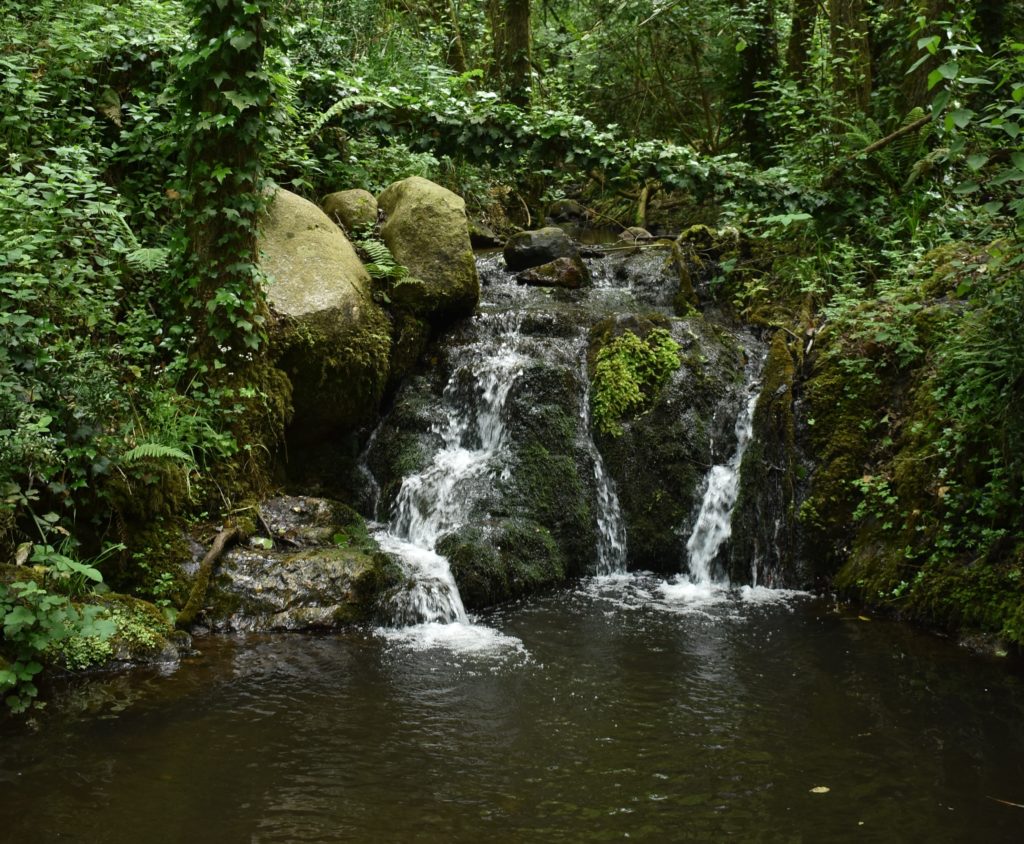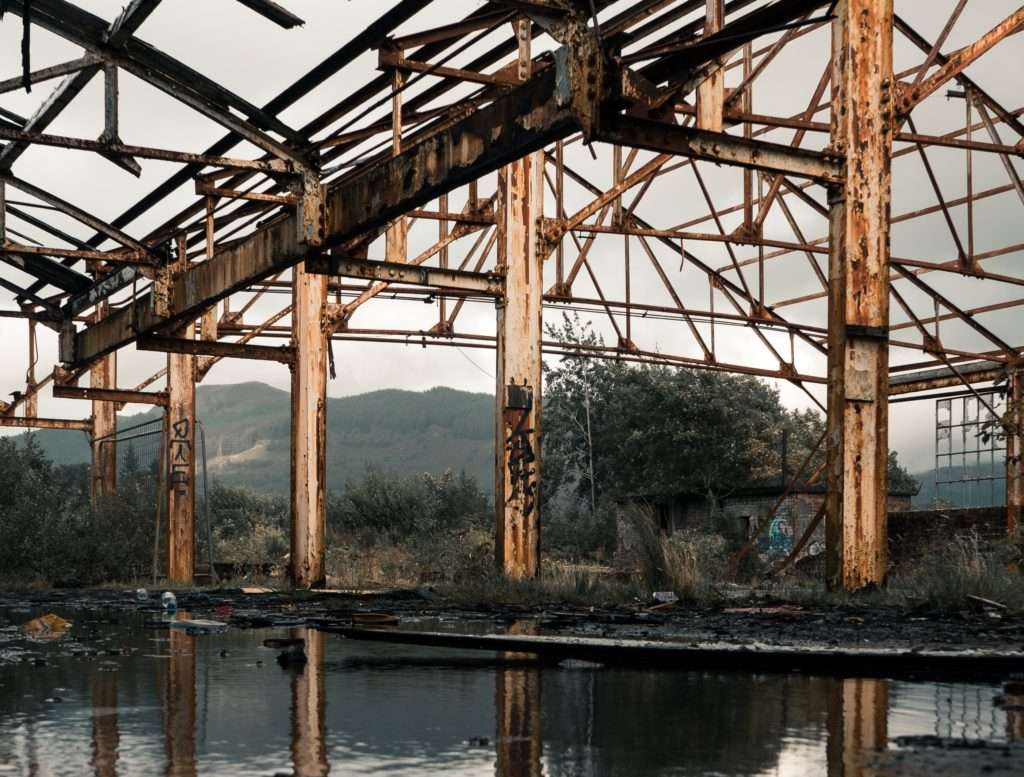By: Tiffany Joseph, [SENĆOŦEN]
This post is a part of our Keywords for Decolonizing Geography series. It was originally published as part of an article titled “Infrastructure, Jurisdiction, Extractivism: Keywords for decolonizing geographies” in the journal Political Geography.
We have a creek in our territory near a cement factory. They had a quarry, and they were mining for lime. They dumped all the debris into the creek and damaged it. The inlet that the creek flows into has been contaminated, too, and they say it would take 30 years to dredge up everything that flowed into the inlet. It flowed into both the Tod Inlet and the Saanich Inlet. Tod Inlet is the inlet within the inlet. Saanich Inlet itself is known to be deep and still. The water hardly moves. And so the inlet within that inlet would be deep, but even further still. And, of course, that colonial mentality would have us think, feel, or believe that there’s no point in repairing that, you know, “damaged goods,” so to speak. But how do we heal this place? How do we repair the damage of extraction?
This applies to our bodies as well. There are a number of things we could experience or be born into within that the colonial Western mindset that would render us “damaged goods” that are not worth our investment. So, what is the value or importance of healing? And how are we reframing minds, and ways of thinking, that reflect the holistic ways of thinking within our cultures? If you’re hurt, if you’re harmed in some way, there’s a way to tend to that. You may have been a part of ceremonies where we have to stop the ceremony when something happens, like the dropping of a feather, or if somebody falls, everyone stops to tend to that moment. I’m imagining that exists in more cultures than mine.
In my discussions with elders in my community about restoration, it’s always said, “No, we have to get out of the way.” An example would be when we were remediating a creek, which was so necessary because many, many years ago, the municipality put in an earthen-type dam that created a duck pond in what was once only a creek. If our community had been consulted, early on, we would have wanted to completely remove the dam. But instead, they chose to maintain the pond and they upgraded the dam.

But I also recognize that there is a need for repair. That’s usually what I teach people, this idea that we just let everything be, as Indigenous peoples. Yet, as Indigenous peoples, we also recognize the need to tend to land and harvest from the land, so we don’t always agree with the concept of “conserved areas” as defined by settlers. I think this phrasing of “let nature take its course without our interference” comes from times when folks perhaps didn’t have the English vocabulary to explain our ways and worldviews. But it also reflects the extent of colonization within our communities and assimilation, and how they had treated our technologies and our ways of tending to land as inferior. Because my people, and probably all Indigenous people of Turtle Island, tended to the lands with controlled burns. We maintained meadows for growing our foods and didn’t allow the forests to take over these meadows we cared for. These fires occurred annually or every few years, depending on the climate of the area.
So, reading everyone’s thoughts, I was just kind of removed, ruminating on a question like, “What are alternative forms of maintenance to care for our infrastructure, what does care look like?” And, “How do we frame our caretaking in ways that reflect our worldviews and recognize that Indigenous people restore land, and Indigenous people alter land in an Indigenous way, which articulates the balance and understanding that fire produces life and abundance?” People hear about the use of fire and they fear that introducing fire at the wrong time will, for example, wipe out butterfly eggs. As if it’s going to have the same impacts removing leaf litter being raked up or blown away with a leaf blower. They hear about controlled burns burning shrubs like snowberry, which can really take over any area, and when I advise them that they can burn it, they feel bad, like it’s mean. I think it comes from a gardeners’ mindset and that they hate all the plants and animals that make it hard for their vegetables and ornamental flowers to grow. But we’re taught not to hate anything.
Colonial conservation is still of a mindset to never disturb anything. Yet sometimes disturbance is exactly what the Indigenous plants need to come up. How can we articulate the wisdom that Indigenous caretaking has always understood, that fire is a part of balance and abundance for all beings? I think we know it’s needed to help effectively shift environmental protection for abundance and biodiversity. Where can that information be really impactful? This collaboration between scholars and academics may be a place to work this out.
